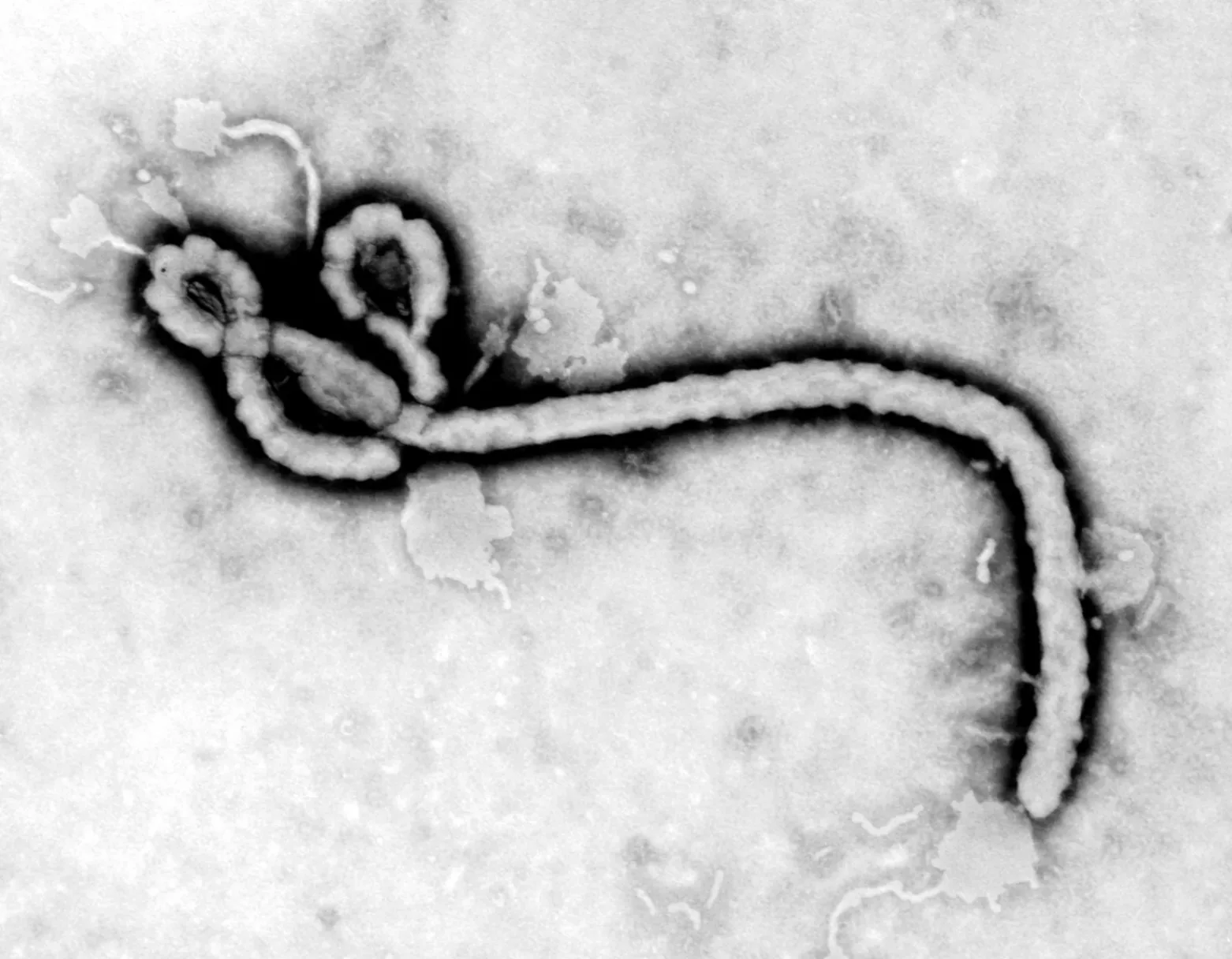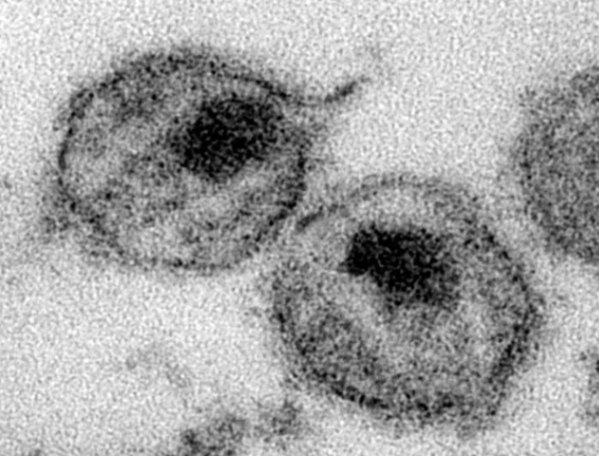It is not that easy. In order for a virus to spread easily, it should be highly transmissible from one person to another through air, water, personal contact, etc. The infected person should stay alive and active so that the virus can spread from him to others. If the virus is highly deadly, it will kill the person quickly before he spreads it to others. So the virus has to be less deadly if it wants to spread to a lot of people.
This is why it is difficult for a virus to be both highly transmissible and highly deadly. The evolutionary goal of a virus or any living organism is to multiply and survive in the host successfully. Not to destroy the host. So evolution favors viruses that are less deadly and easily transmissible.
Coronavirus has a mortality rate of around 3% and it can easily be transmitted through tiny droplets of liquid when an infected person talks or sneezes. On the other hand, the Ebola virus has a mortality rate of 80 to 90%, but it can be transmitted only through direct contact with blood or some other bodily fluids.
An Ebola virus:

What if a virus is both deadly and easily transmissible?
As we said earlier, it could kill the person quickly before it spreads to others. But, since it is highly transmissible, it could affect others living close to the infected person and may even wipe out a small population in a specific area. It can’t spread widely since it kills the host quickly.
What if it kills the host slowly? In this case, the incubation period of the virus is very long during which it can keep spreading to others while the host remains alive and active. HIV is an example of a deadly virus with a long incubation period, but it is not easily transmissible.
Two HIV virus particles:

What if a virus has all three?
If a virus is highly deadly, highly transmissible, and has a long incubation period, then it could wipe out humanity. This kind of virus will silently spread to everyone in the world without showing any symptoms and once the incubation period is over, it will start acting up and kill everyone. So why hasn’t this kind of virus evolved yet?
The reason is similar to why we try to protect the Earth’s environment. If we want to survive, the Earth’s environment should be hospitable because we depend on it. It’s our host. If a virus wipes out every one of its host species, then the virus has nowhere else to go and it will also go extinct. This is not the kind of ending that the virus wants. So the evolution of the virus is not likely to go in that direction. It’s concerned more about easy transmissibility.
So virus can’t wipe out humans?
Remember the Black Death of the 14th century in Europe? A bacterium called Yersinia Pestis wiped out around 50% of the population between the years 1346 and 1353.
A mass burial site of Black Death victims in Germany:

So the future evolutionary direction of viruses is just an educated guess, not a guarantee. If a virus with all those three qualities evolves, then there is nothing much we can do. Unlike coronavirus, we can’t contain it by isolating people, since its incubation period would be very long and it would be too late when we realize it has spread everywhere.
References
https://www.ncbi.nlm.nih.gov/pmc/articles/PMC8802343
https://en.wikipedia.org/wiki/Black_Death
